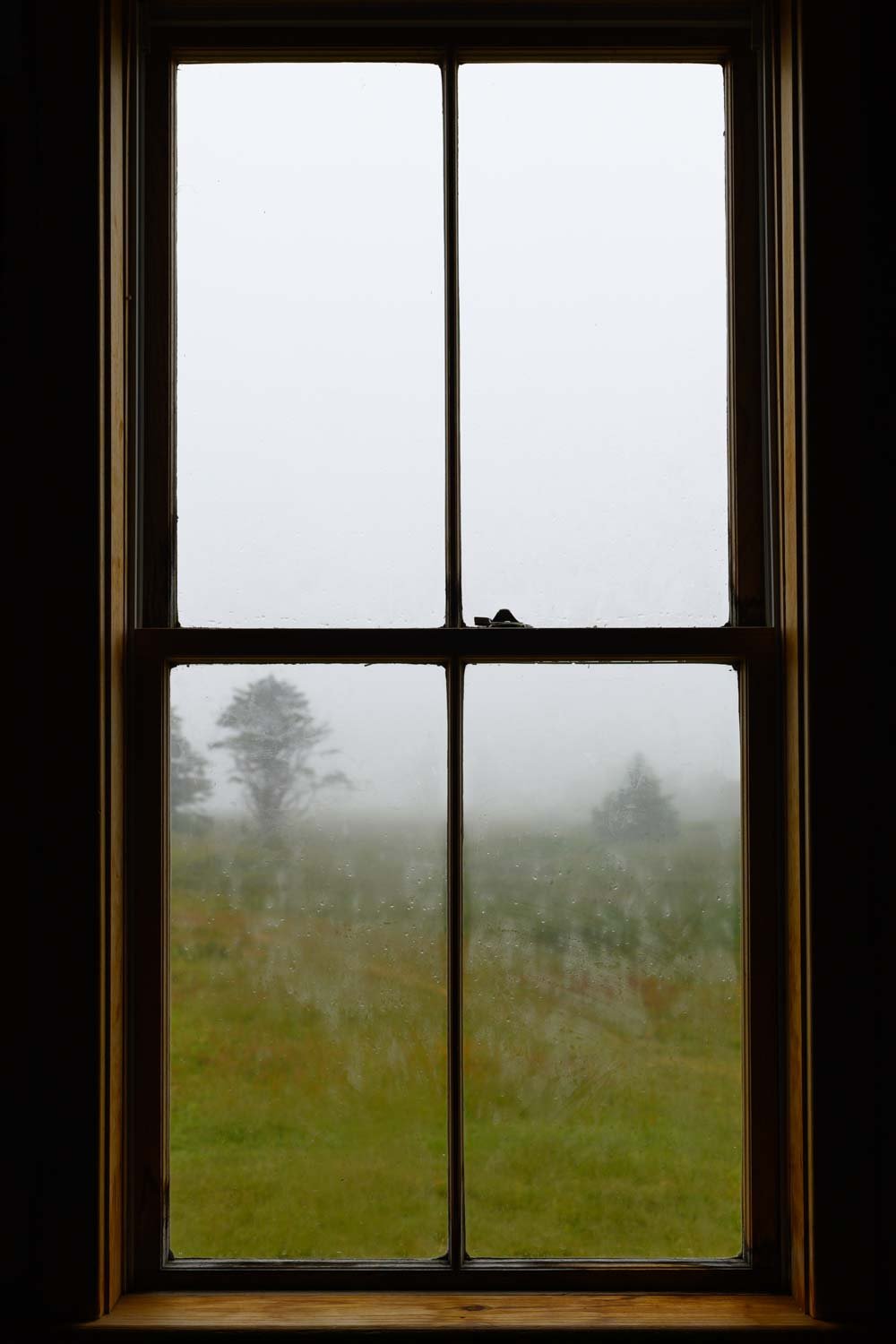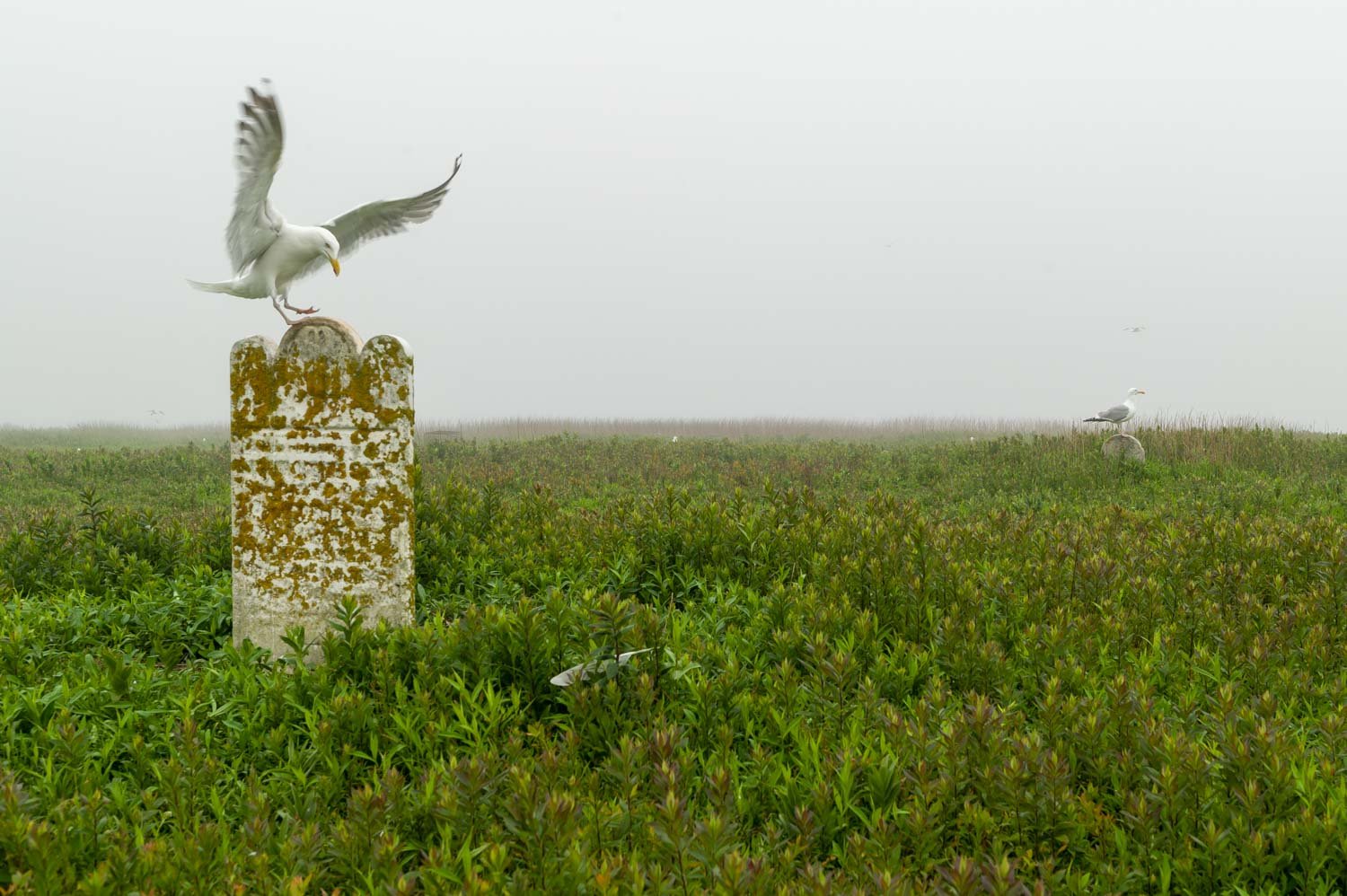Bowdoin Kent Island Scientific Station
I had the opportunity to go to the Bowdoin Kent Island Scientific Station in New Brunswick Canada as an Artist in Residence. I was a Bowdoin College student years ago, but didn’t have the opportunity to visit Kent as biology was not my wheelhouse. But the Artist Residency has opened up opportunities for more to experience this magical place.
Located five miles off of Grand Manan Island in the Bay of Fundy, the research station has been active since 1936, stopping only for World War II and the two seasons of Covid when the border between the US and Canada closed. This has resulted in some of the longest data sets in North America and an island steeped in traditions. And the station offers a rare opportunity for undergraduate students to create research projects, working alongside PhDs and professors. The paid fellowship which students receive enables the students professional experience which helps them break into field work and graduate studies after Kent.
But that is the logistical side of Kent. What makes Kent magical is that it feels like it stands outside of the modern world. It is a rare place which belongs to nature, humans are caretakers and witnesses who have tread lightly for a century. The sounds of Kent are a cacophony of bird calls, whistles and screams, the ever present oceans subtle rumble, and intermittent fog horns. There are no mechanized or human noises so the orchestra of daily life is nature's symphony. Buildings are carefully maintained or rebuilt with economy of time gone by. Everywhere there are fingerprints of previous students, poems in the outhouses, photos on the walls, carved names over hooks. Fog blankets everything and the extreme tide dictates daily life, the rest of the world feels hundreds of miles, or centuries away. The sense that you are a part of nature, not separate, or presuming to be above it, is peaceful, as if finally things are as they should be.
Invasive plants and animals are painstakingly removed, and the only mammals on Kent are muskrats, river otters lolling offshore, harbor and gray seals, whose human like songs bring an understanding to the origin of selkies and mermaids. Trees drip with lichen and moss hanging from the trees from the frequent fog and rain. Kent island is devoid of ticks and poison ivy, so you can lay down in the field without fear. The peace of mind is amazing, although caution is still necessary because of birds nesting in the grass.
The community is also special. It is special to be among people who are so aligned in their passion for nature and conservation, and a part of a history of people doing the same. Patty Jones, the current Director & Bowdoin professor mandated that cell phones not be used in the main building and has all students come with watches, so phones are rarely out. Without the distraction of cell phones, time slows down further, and people are completely presents. Daylight extends until 10 o’clock so with research and chores done, students explore, create and learn with an openness rare today.
Each night after dinner there are informal talks or presentations. Lessons include topics like moss, trees, birds, stars, and seaweed, studying in detail down to the family and genus. The level of nerdiness is wonderful, although the studying for the quizzes is motivated by the rare chocolate bar reward. Still, there’s something inspiring about people who are unabashedly passionate about something. It sparks my own curiosity and fires my own desire to learn. I thought I knew a bit about birds before coming to Kent, but there I realized I know almost nothing. And I was in the perfect place to learn.
On the Birdsong night, I loved the mnemonics, like the Alder Flycatcher who throws his head back to sing his song which sounds like “Free beer!” The passion for the mosses of the island, taught by one of the students, opened up an unseen world to me. The star unit was fascinating, but limited as we hadn’t seen this sky in weeks due to consistent rain and fog.
I spent my days following students as they pursued their area of research, documenting their life and work as young scientists at a remote research station. Days were spent checking the burrows of Leaches storm petrel’s, the ground nestlings of Savanna sparrows, walking through the intertidal zones to check on plant regeneration, researching native pollinators preferred plants, and opening boxes to study deep blue tree swallows. Regardless of the weather, which was usually wet, the students were out pursuing science and living within the environment. It was thrilling and I felt privileged to be a part of their work, and the greater history of Kent Island, however briefly.
But my experience was also tinged with some sadness. The students are passionate about their chosen field of study, but the underlying theme across almost all areas of study was decline. These decades long data sets, that is to say the animals and plants across the island, like species around the globe, show that however remote Kent may seem the creatures are suffering from the human made extinction event, the Anthropocene. As I had anecdotal conversations with students and PhDs alike the macro and micro threads were decline, loss of habitat, food sources, disease, harm from climate change and more. And it was sad to be among people starting their career, passionately committed to field science and conservation, but whose eyes were clear enough to know that they were more likely to spend their careers battling and documenting catastrophic declines on a level never seen before. This is a hard inheritance.
And after spending two weeks feeling how rooted our own survival is to nature, however much we try to deny it, this really hit home. Like all other animals and plants, we too will be in decline unless we make radical immediate changes. And choose to take care of all that is good and beautiful around us.












